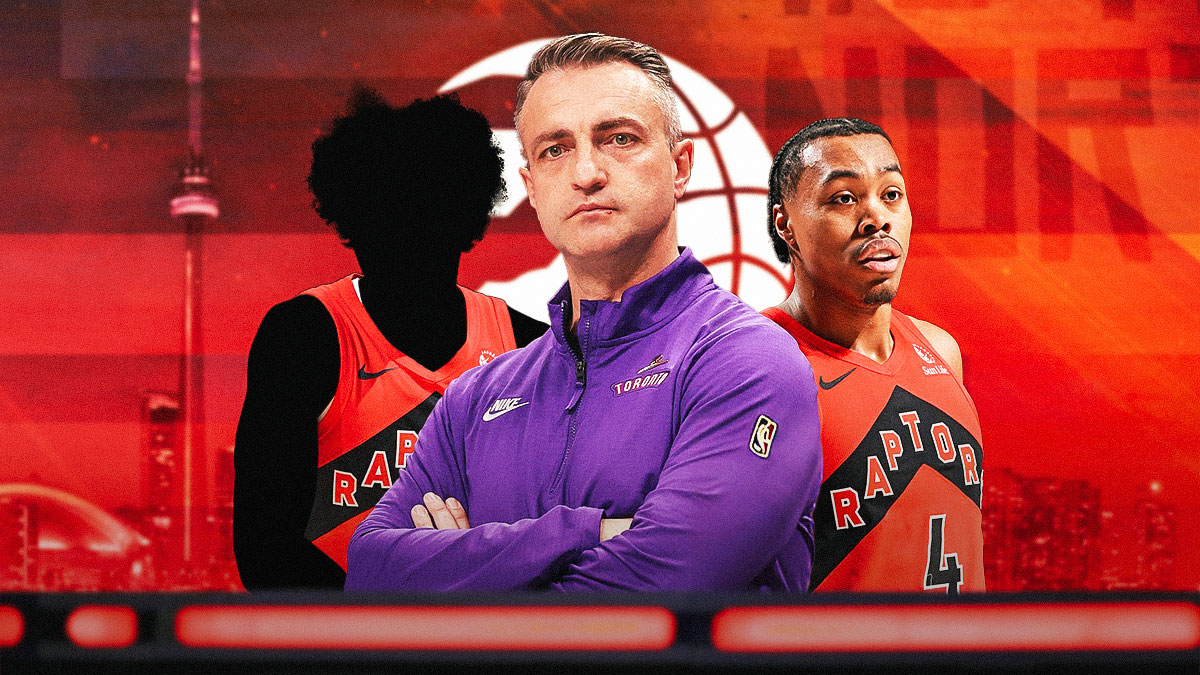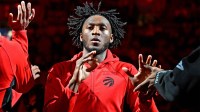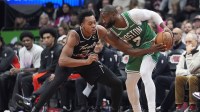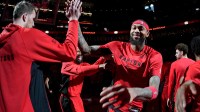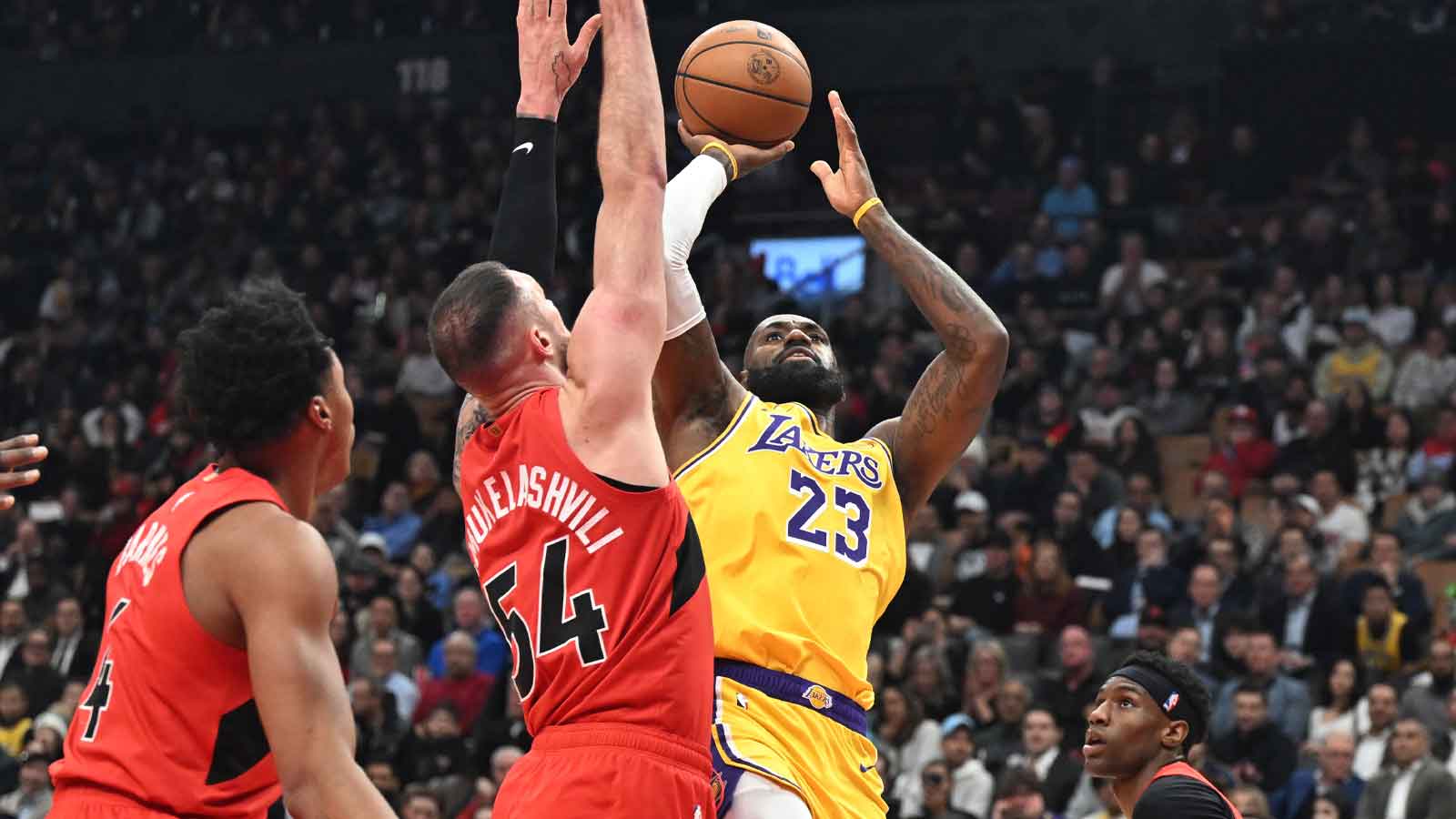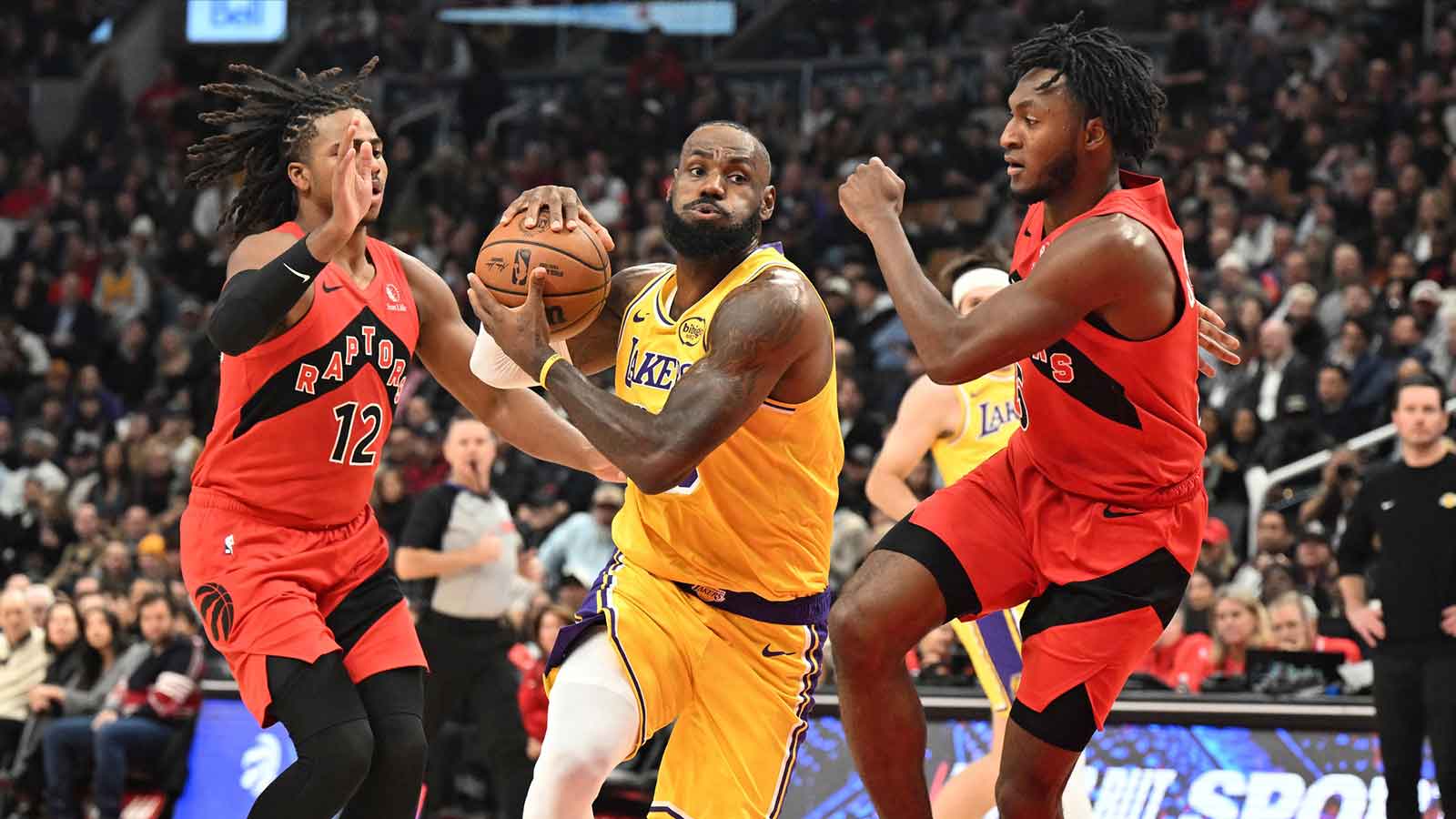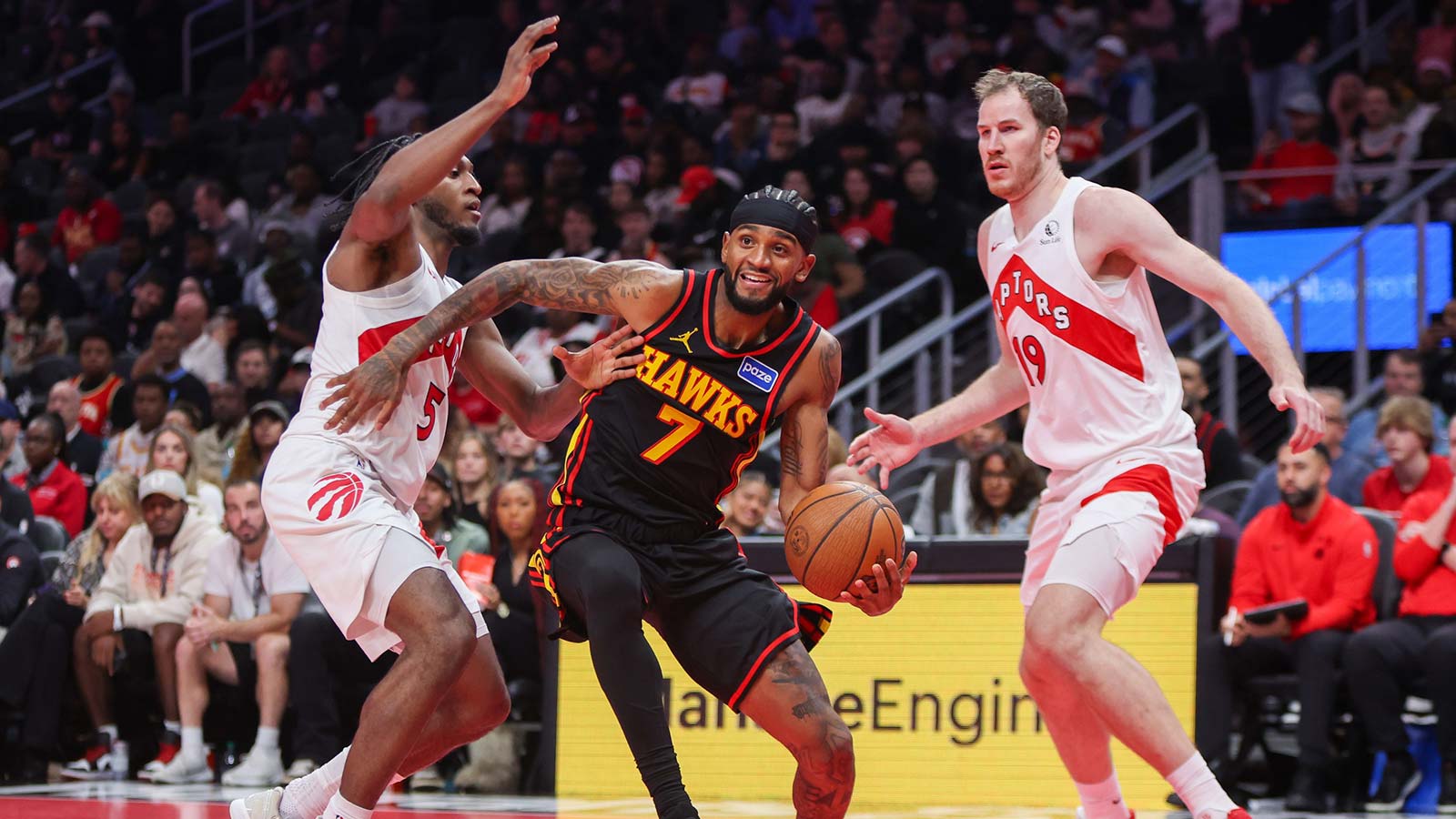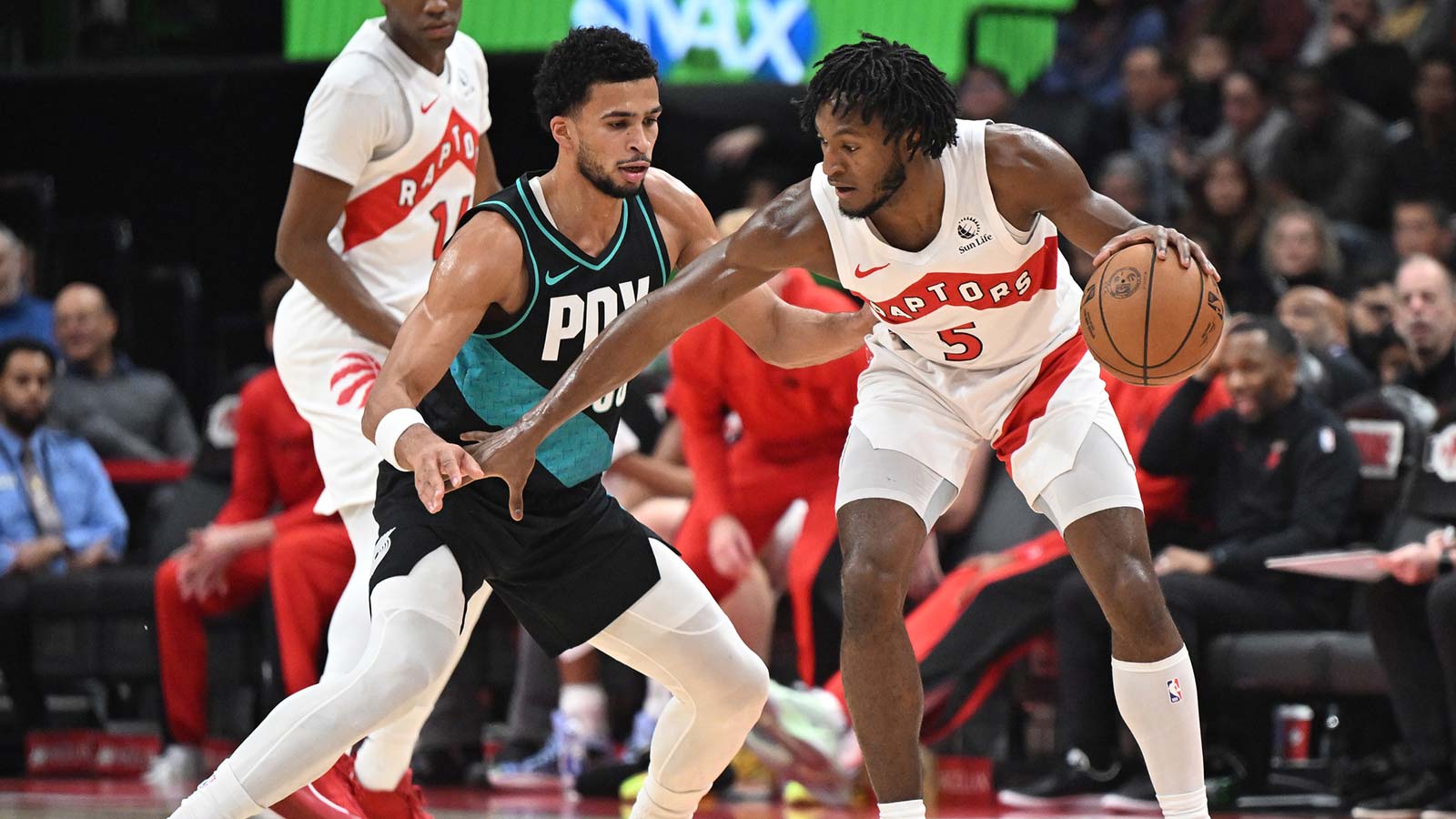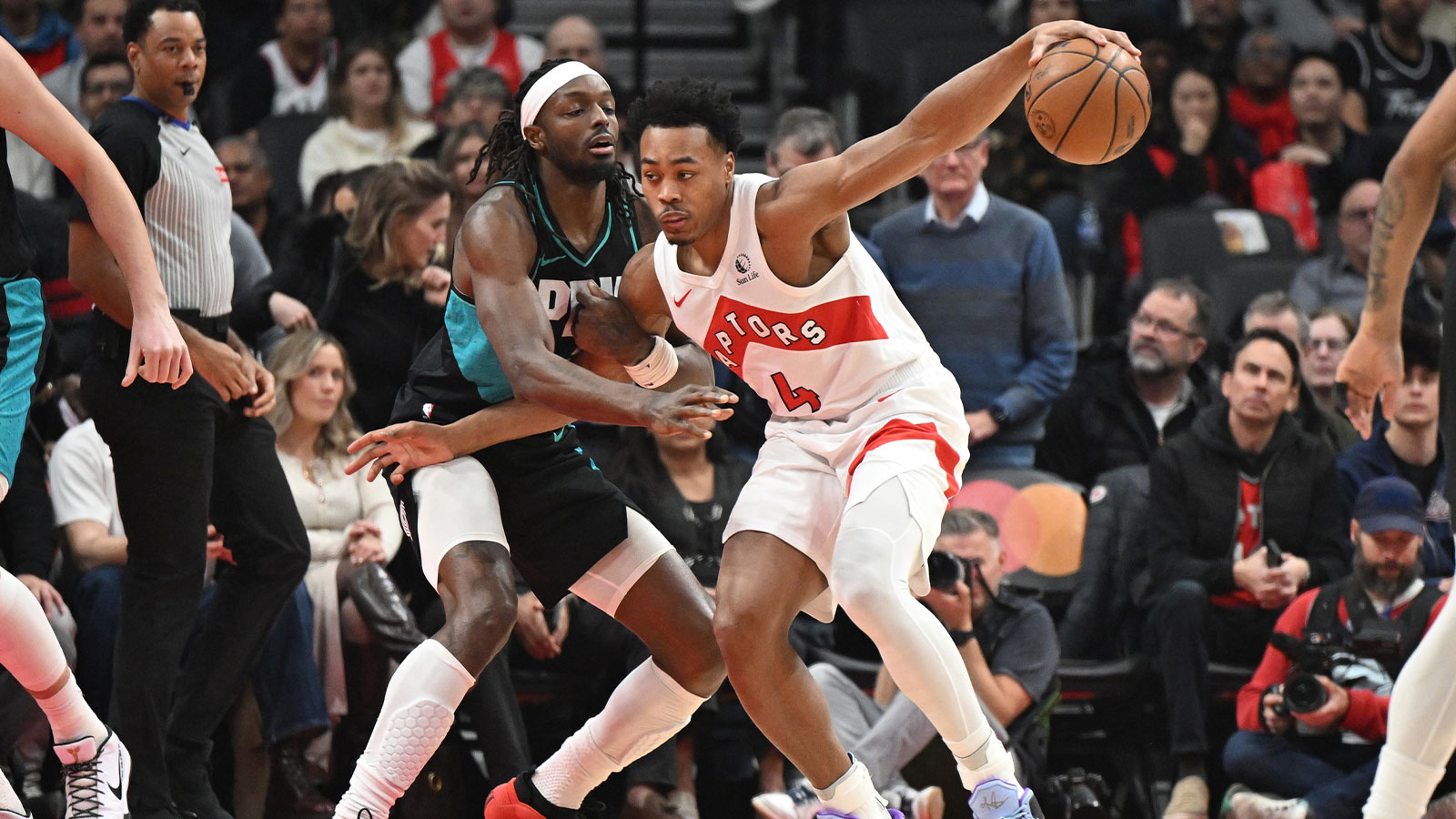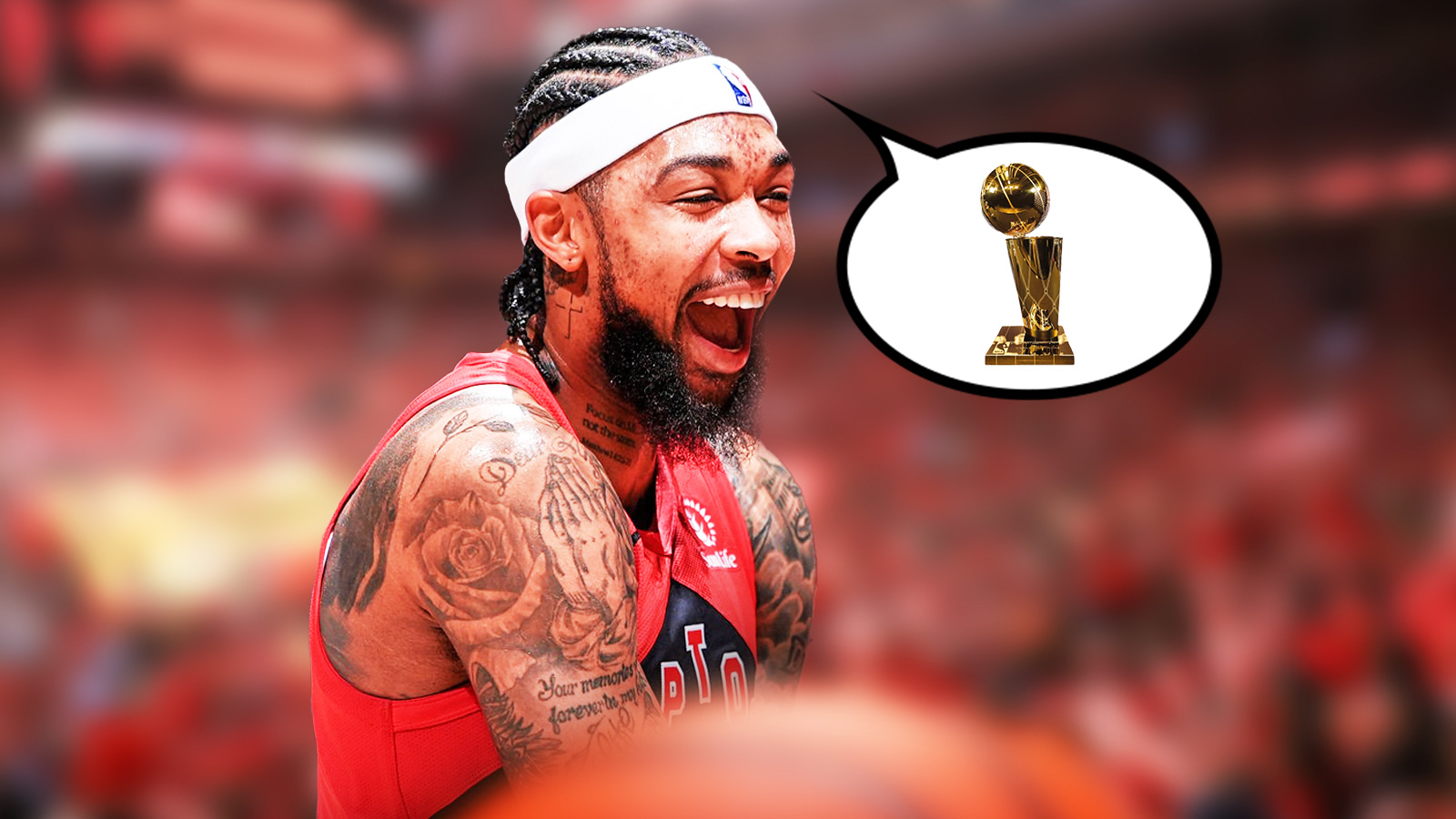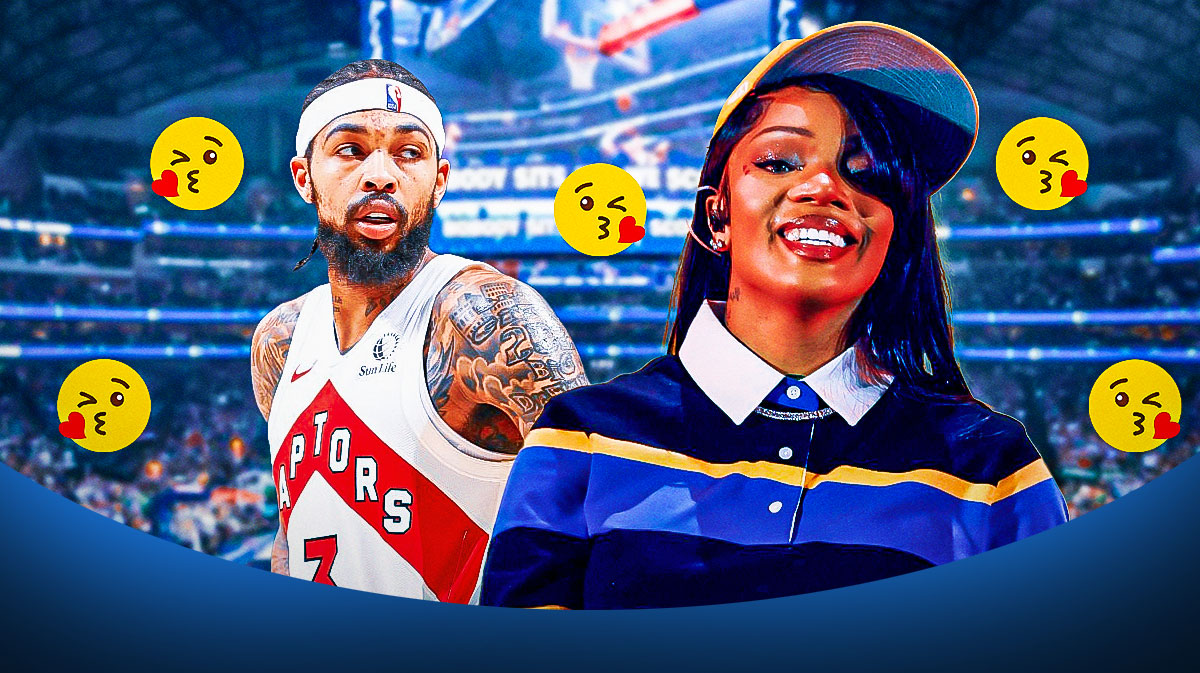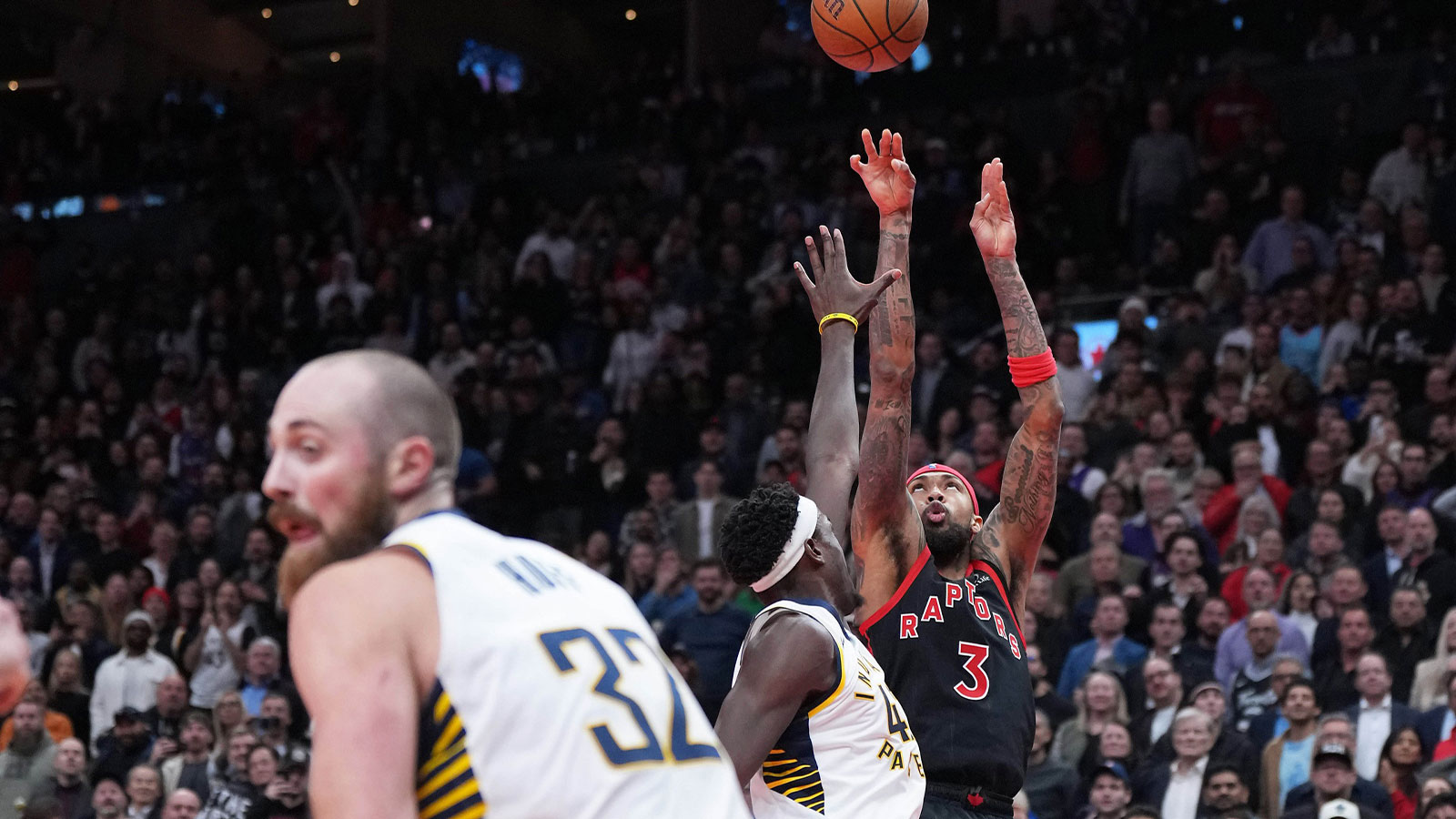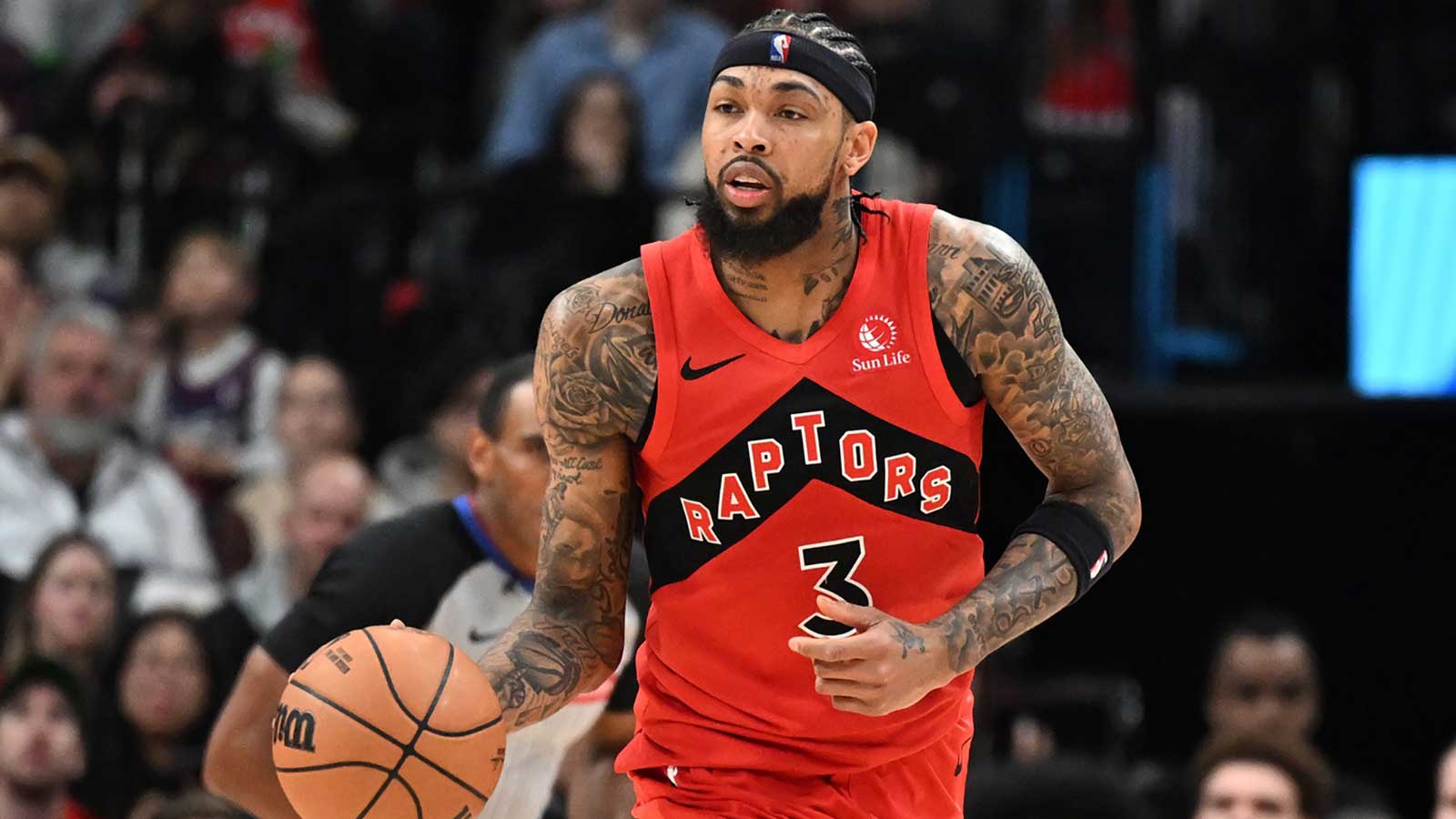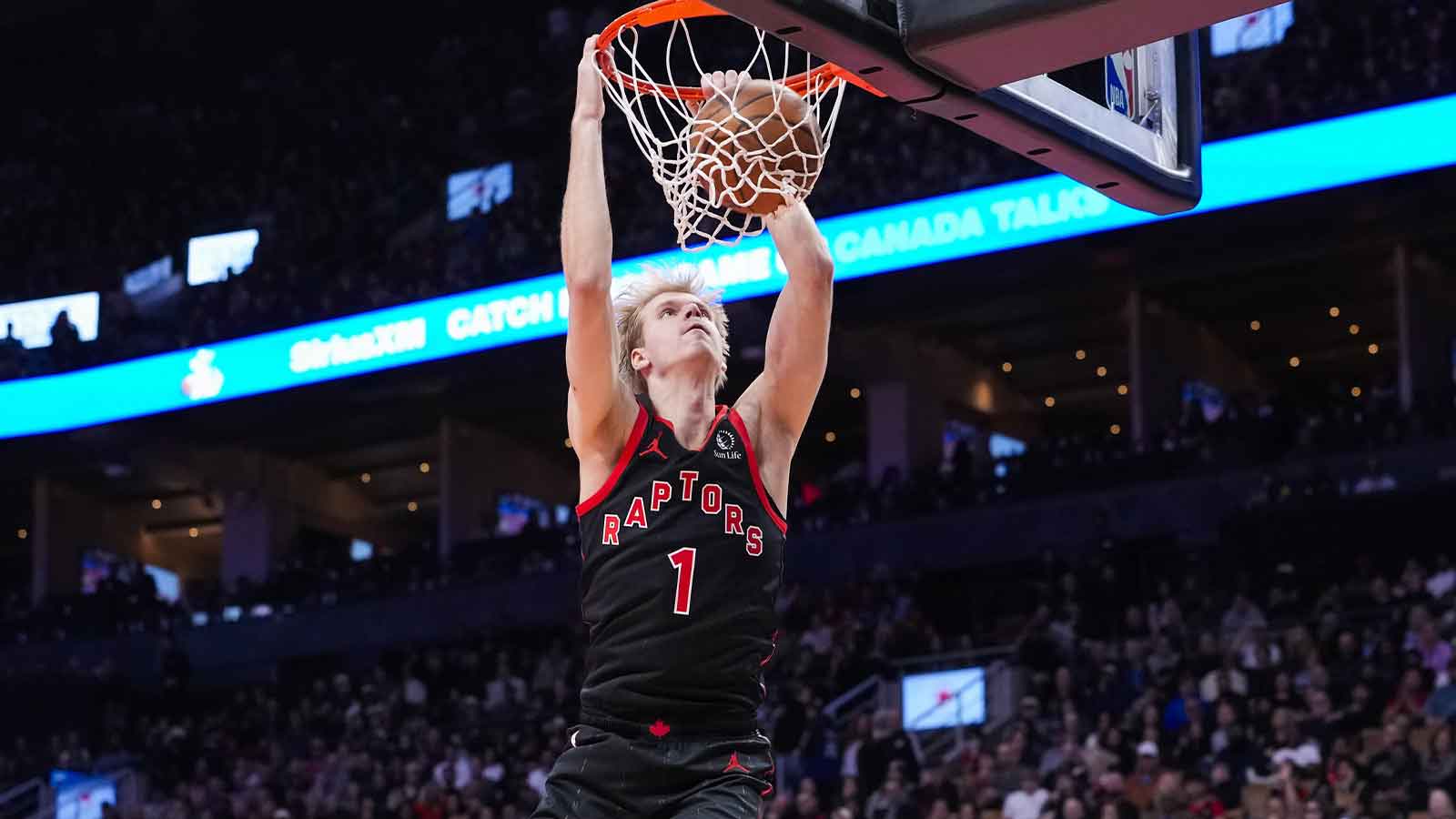Echoes of the Toronto Raptors' 2019 title run still linger in Scotiabank Arena. However, the luster of that championship has worn off. In its place stands a rebuilding effort filled with promise. Scottie Barnes continues to blossom, and RJ Barrett’s return to Canada added a feel-good storyline.
However, the results haven’t matched the potential. Progress requires patience but also purpose. This offseason, Toronto must face a hard truth: trading Ochai Agbaji is a necessary step toward realigning the franchise’s future.
Another year, another Raptors letdown
The 2024-25 season was more of the same for the Raptors. It was frustrating, inconsistent, and ultimately forgettable. A 30-52 finish landed them well outside the playoff picture for another year. Sure, Barnes took another leap, and Immanuel Quickley flashed as a lead ballhandler.
However, the team’s issues ran deeper. Injuries played a part, but the bigger problem was structural. They had a roster stuck between timelines. It lacked the cohesion or clarity to contend. In a fiercely competitive Eastern Conference, the Raptors can’t afford to keep spinning their wheels.
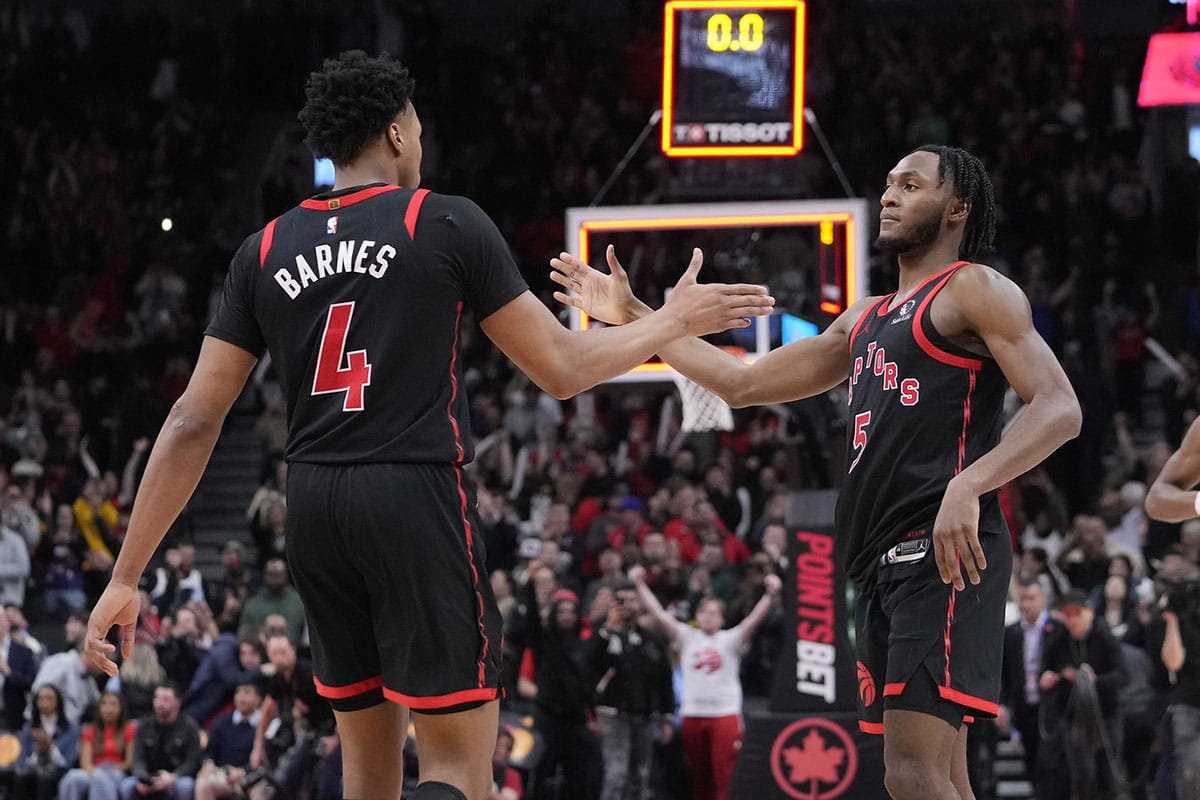
Here we will discuss the one player whom the Toronto Raptors must trade as they enter the 2025 NBA offseason.
Why Ochai Agbaji no longer fits the Raptors' timeline
Since moving on from Fred VanVleet and Pascal Siakam, the Raptors have stockpiled an intriguing mix of young talent. Still, not every prospect fits the long-term puzzle. Ochai Agbaji, despite his strides, may be the most expendable piece.
Brought in as part of the Siakam trade with Utah, Agbaji has quietly carved out a strong role in Toronto’s rotation. A 2022 lottery pick, he’s embraced the “3-and-D” archetype with growing confidence.
The 2024-25 season marked his best as a pro. Agbaji averaged 10.4 points per game on 49.8 percent shooting, including a scorching 39.9 percent from deep. He was efficient, reliable, and low-maintenance. Agbaji certainly gave the Raptors exactly what they asked for.
However, impressive numbers don’t tell the full story. At 25 years old, Agbaji is already older than most of Toronto’s core, including Barnes and Quickley. He’s closer to his ceiling than they are to theirs. The Raptors need players who align with their timeline—not ones who peak before the rest of the roster hits its stride.
With his value arguably at its highest, the time to act is now. Agbaji’s combination of shooting, defense, and age makes him an appealing trade target for contending teams looking for playoff-ready contributors. Meanwhile, the Raptors should be focused on maximizing reps for its younger wings and accumulating assets—not treading water at the bottom of the standings.
Mavs make logical trade partner for Raptors
Among teams that could benefit from Agbaji’s skill set, the Dallas Mavericks stand out.
Built around the offensive brilliance of Kyrie Irving and now Anthony Davis, the Mavs need defensive-minded wings who can stretch the floor and play off their stars. Agbaji fits that profile perfectly. He doesn’t need the ball and offers legitimate two-way value. That's a rare commodity on a roster that still leans heavily toward offense.
In fact, he may offer more defensive versatility than aging signee Klay Thompson and provide more consistent outside shooting than Naji Marshall. For a Dallas team that’s squarely in win-now mode, Agbaji is the kind of under-the-radar addition that could bolster a postseason run.
A potential deal might look like this:
Toronto receives: Jaden Hardy, 2026 second-round pick, and salary filler
Dallas receives: Ochai Agbaji
For the Mavs, it’s a low-risk move with real upside. Agbaji is cost-controlled, playoff-ready, and a seamless stylistic fit. For the Raptors, it’s a smart reset. Jaden Hardy is just 22 years old. He remains a tantalizing athlete with upside still to unlock. The second-round pick adds to Toronto’s draft capital, and any expiring deal clears financial room.
More importantly, it brings clarity to the Raptors’ crowded wing rotation. With Barnes, Barrett, and Quickley all demanding minutes, redistributing Agbaji’s role makes developmental sense. There’s no value in hoarding prospects who don’t fit your trajectory.
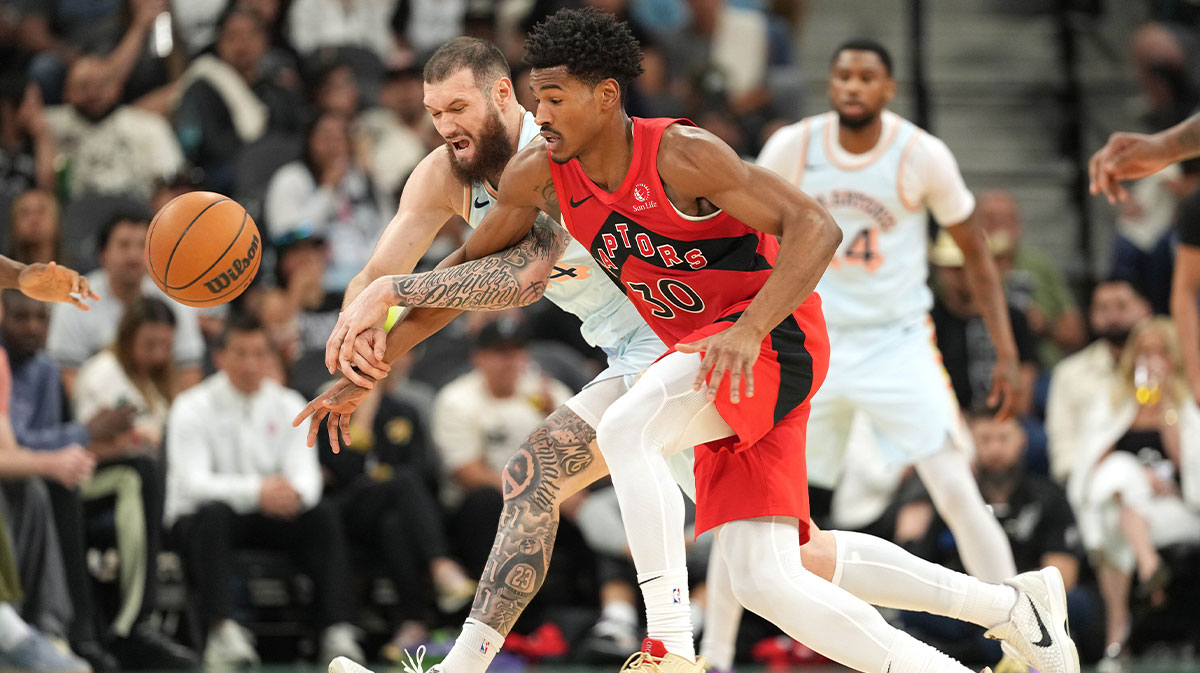
This isn’t a step back—It’s a step in the right direction
Trading Ochai Agbaji isn’t about giving up on a player. It’s about betting on a vision. The Raptors know who Agbaji is: dependable, efficient, quietly productive. That’s exactly why he has value around the league. However, in a rebuild, context matters more than competence.
Dealing Agbaji now allows Toronto to lean fully into its youth movement. Doing so means the team will prioritize internal growth and avoid stalling in the dreaded middle ground. The longer they delay moves like this, the harder it becomes to accelerate the rebuild. With the right return, this isn’t subtraction—it’s strategic realignment.
Looking ahead for the Raptors
Toronto’s future isn’t about nostalgia for 2019. It’s about bold decisions in 2025. Moving Agbaji might not make headlines. Still, it could help write the next great chapter in Raptors history.
In a rebuild, every move counts—and standing still is the fastest way to fall behind. Trading Ochai Agbaji won’t dominate headlines, but it’s the kind of smart, future-focused decision that sets the foundation for what’s next. If the Raptors are serious about building something lasting, it starts with knowing when to let go.

